Gaza polio vaccination one of the most dangerous campaigns on Earth: UNICEF
The United Nations’ Children Fund (UNICEF) says even with a partial pause in hostilities in Gaza, polio vaccination of Palestinian children was among the most difficult and dangerous campaigns in the world.
The agency said Wednesday that more than 500 teams deployed across central Gaza this week, administering the vaccines to children under 10.
The campaign reached 189,000 children, UNUCEF said, surpassing its target and providing a “rare bright spot” for the besieged Palestinian territory.
Yet, she said, “This is among the most dangerous and difficult vaccination campaigns on the planet.”
She said that Gaza, devastated by Israel’s 11 months of war, “is already the most dangerous place in the world to be a child, and even with a polio pause, the vaccination campaign faces grave danger and immeasurable obstacles, including damaged roads and health infrastructure, displaced populations, looting and disrupted supply routes.”
Khodr, however, said the risk of polio spreading in Gaza and beyond still “remains high.”
The World Health Organization (WHO) also announced the completion on Wednesday of the first phase of its vaccination campaign in central Gaza.
WHO Director-General Tedros Adhanom Ghebreyesus said in a post on X that the effort exceeded its target of 156,000 children for the area.
However, “to ensure no child is missed”, medical teams will continue to offer vaccinations at “four fixed sites” in central Gaza for three more days, he said.
The vaccination campaign will now move to the southern and northern areas in Gaza.
UNRWA chief Philippe Lazzarini hailed the "great progress" that is being made in the vaccination campaign, but said a permanent ceasefire is needed to ease humanitarian suffering in Gaza.
The massive campaign effort was prompted by the discovery of a polio case in a baby boy last month, the first in the Gaza Strip for 25 years.
Polio, the highly contagious disease that poses a serious threat to the nervous system and can potentially lead to paralysis or death, started to spread in the territory, where the vast majority of people have been displaced, often multiple times.
Health experts say Israel’s destruction of the territory’s health and sanitation infrastructure has been behind the outbreak of the deadly disease.
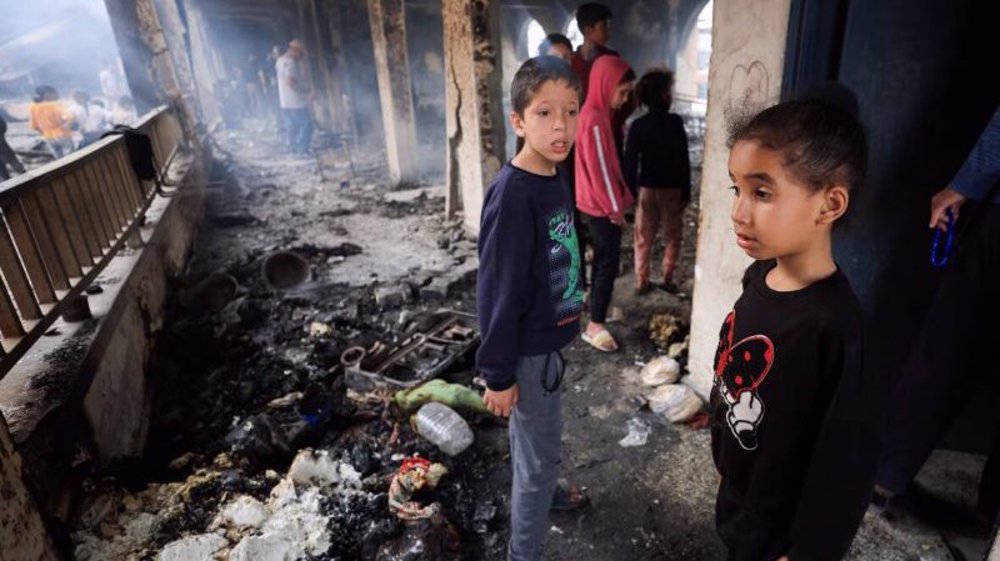
Israel deprives Gazans of basic needs for ‘survival’: UN
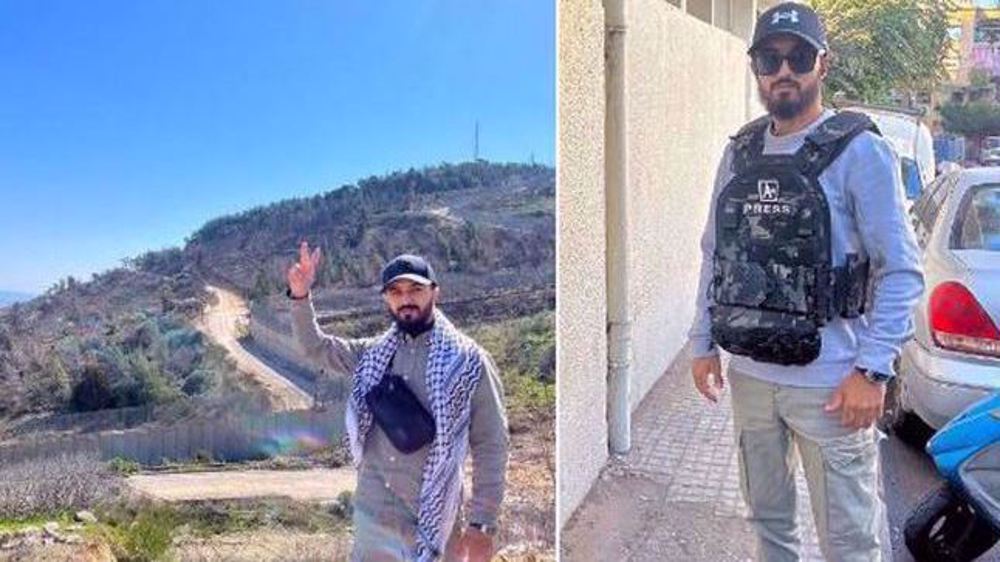
France detains Iranian journalist amid crackdown on pro-Palestinian voices
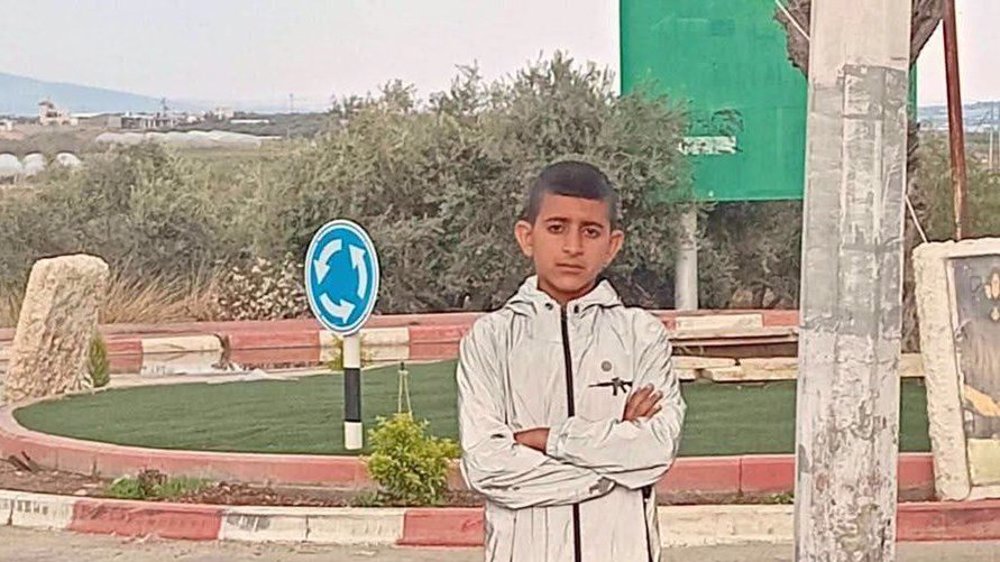
Israeli forces murder minor, critically injure young Palestinian during West Bank raids
Over 100 rabbis, cantors slam Trump for pro-Palestine campus crackdown
Nearly 30 Palestinians killed in fresh Israeli strikes on Gaza
VIDEO | Press TV's news headlines
FBI, local police raid homes of pro-Palestine activists in Michigan
Trump ratings low amid US economic turmoil
VIDEO | Trump tariffs: A wrecking ball!
Israel deprives Gazans of basic needs for ‘survival’: UN
South Africa has no choice but to support resistance against Israel's genocide in Gaza


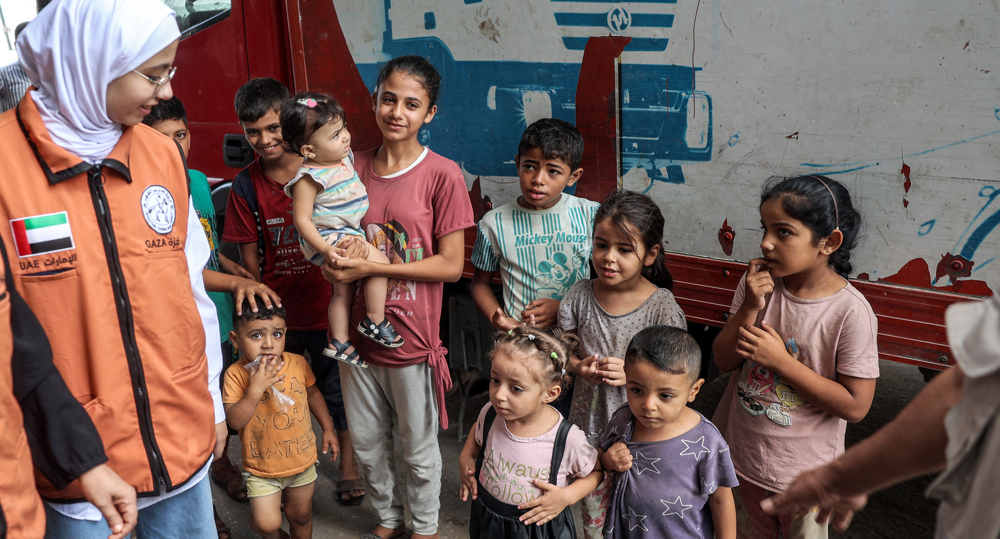
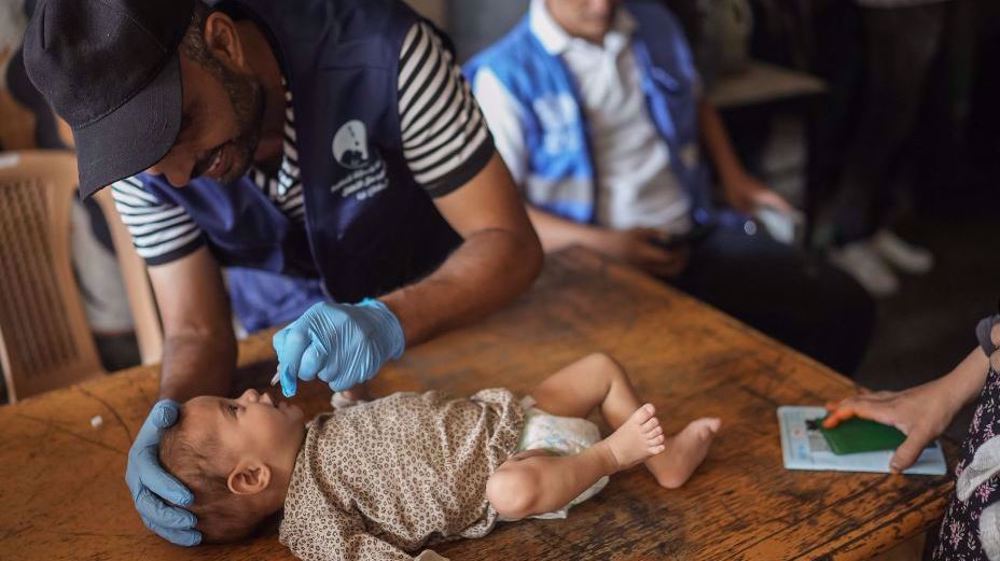



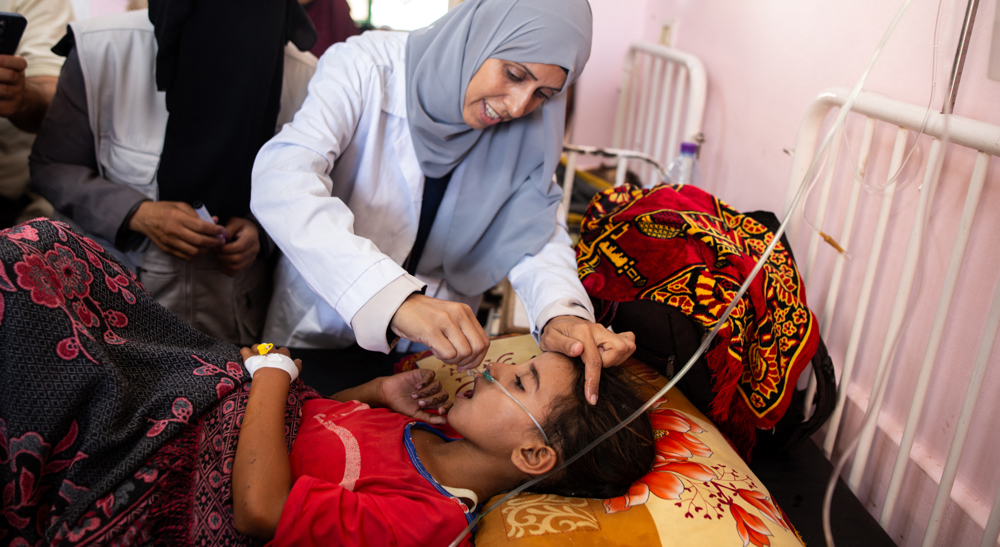

 This makes it easy to access the Press TV website
This makes it easy to access the Press TV website